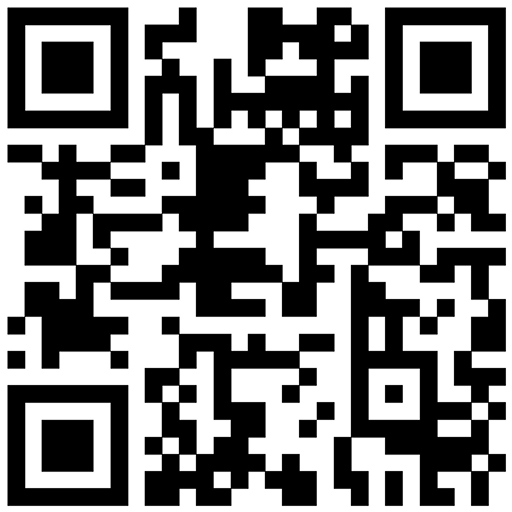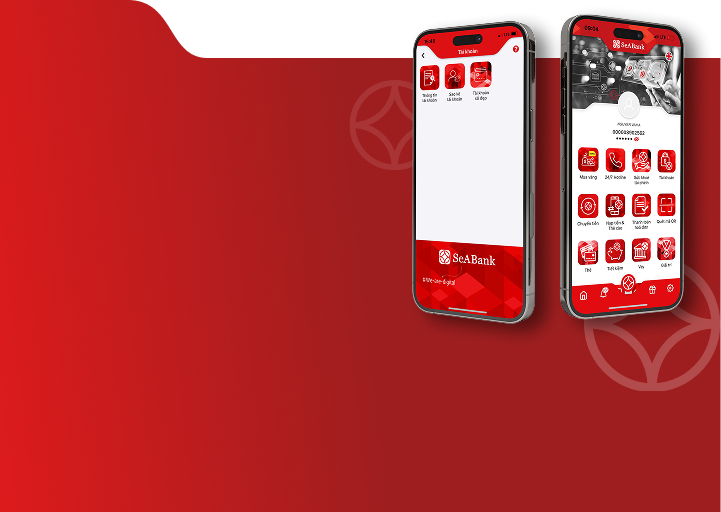News
What is a checking deposit? Compare checking and savings deposits
11/07/2025
Payment deposits bring many benefits to users. So what is a payment deposit? Please read SeABank's article now!
Current deposits can ensure higher payment capacity than cash. However, many customers still confuse current deposits and savings deposits. So what is a current deposit? Please refer to the content compiled by SeABank below!
What is a payment deposit?
Payment deposits are non-term deposits in bank accounts, used for transactions such as paying bills, transferring money, etc. Therefore, if customers want to maintain payment deposits, they must have a bank account.
Learn what is the concept of payment deposit
What is a payment deposit account?
Clause 22, Article 4 of the Law on Credit Institutions 2010 stipulates that a payment deposit account is a non-term deposit opened by a customer at a bank for the purpose of using payment services provided by that bank.
Benefits of payment deposits
Current deposits are widely used by customers due to their convenience and speed. Current deposits offer a number of benefits such as:
- Safe: Banks are responsible for strictly managing payment deposits, and this type of money will also be kept confidential. Unlike the easily lost nature of cash, payment deposits are minimized in this situation.
- Flexible and multi-tasking: All transactions are made easily. Payment deposits are used for many purposes such as: withdrawal, salary receipt, transfer, online transactions,...
- Profitability: The balance in the account will be paid interest periodically by the bank at the interest rate of non-term deposits.
- Easy to manage transactions: Customers can easily check balance fluctuations by looking up “Transaction History” through the bank's Internet Banking application.
- Fast payment: Customers can completely purchase and then pay online for e-commerce orders or service fees.
Highly Multi-Tasking Payment Deposit
Difference between checking deposit and savings deposit
There are many factors to distinguish between payment deposits and savings deposits. This comparison table of these two types of deposits will help you distinguish quickly.
So should customers save or make a payment? Depending on their spending needs, customers can choose the appropriate type of deposit. If customers have a surplus amount of money but do not have a purpose for using it, you should make a term deposit. In the case that customers have a surplus amount of money but not much and have a purpose for using it, you should deposit the money into a payment account.
There are many factors to distinguish between checking and savings deposits.
Steps register for payment deposit
If you want to open a payment deposit account, you need to register to open an account directly at the bank's transaction office. The process will include the following 3 steps:
- Step 1: Fill out the account opening request form provided by the bank.
- Step 2: Provide necessary personal information such as CCCD/ID card, signature,...
- Step 3: The teller will proceed to open the account requested by the customer.
Notes when using payment deposit accounts
A checking account allows customers to enjoy a wide range of benefits. Here are some tips to help you get the most out of your account:
Information Security: Absolutely do not disclose information related to your account because bad guys can take advantage of this to affect your account. Therefore, you need to be careful when withdrawing money at ATMs, only shop and pay electronic bills at reputable units,...
Check your balance and transaction history regularly: This is the fastest way to detect any abnormalities in your account so that you can handle them promptly and limit losses.
Contact the bank hotline when you lose your card: Losing a Visa, Master, credit card or ATM card is a common situation that users encounter due to negligence during use. In this situation, you need to stay calm and call the bank's customer service number to request a card lock. This action helps you minimize damage such as bad guys making transactions such as withdrawing money, transferring money from the card.
Don’t disclose your deposit account information to others.
Conclusion
Payment deposits bring many benefits to customers in the payment of electronic bills. Hopefully, SeABank's article has helped you understand what a payment deposit account is, what a payment deposit is, distinguish between a payment account and a savings account, and grasp important notes when using a payment account. Follow SeABank now to update more interesting financial information!
Related News
What is the annual fee? Which bank has a preferential annual fee? 17/10/2025
Easy global transactions with SeABank international payment card 17/10/2025
What is a Visa card? Where should companies to open a Visa card? 17/10/2025
What is a credit card PIN? Effective security guide 17/10/2025
What is 3D Secure? Protecting online transactions for businesses 17/10/2025
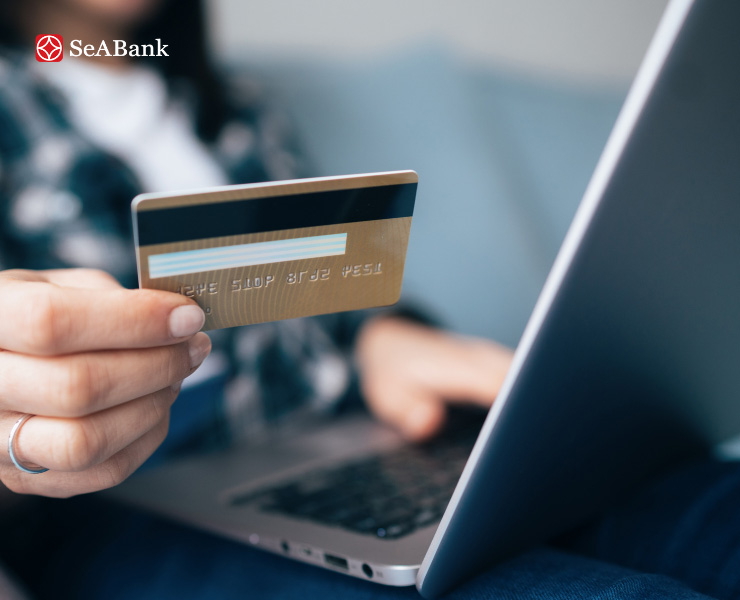
What is the annual fee? Which bank has a preferential annual fee?
What is the annual fee? The annual fee is a recurring fee that the bank applies every year to maintain the utilities and services that come with the card
17/10/2025
Read more
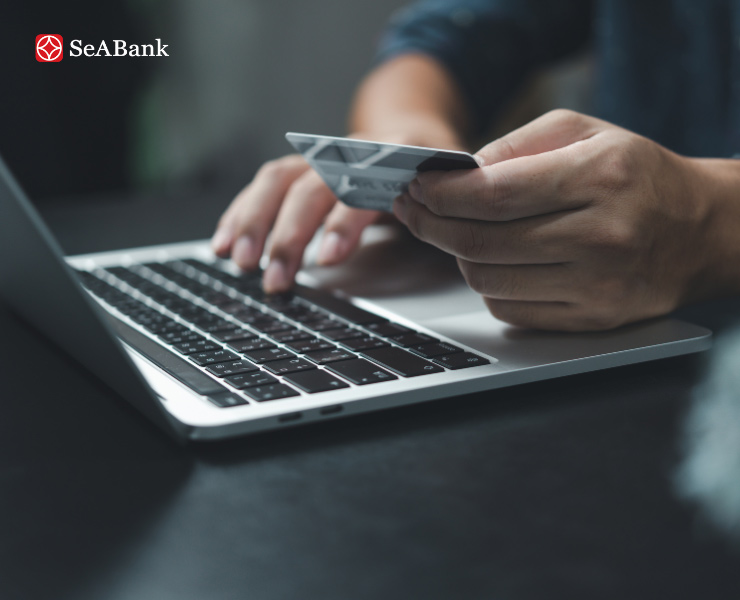
Easy global transactions with SeABank international payment card
With many outstanding features and attractive incentives, SeABank international payment card brings more convenience and safety to businesses in global transactions.
17/10/2025
Read more
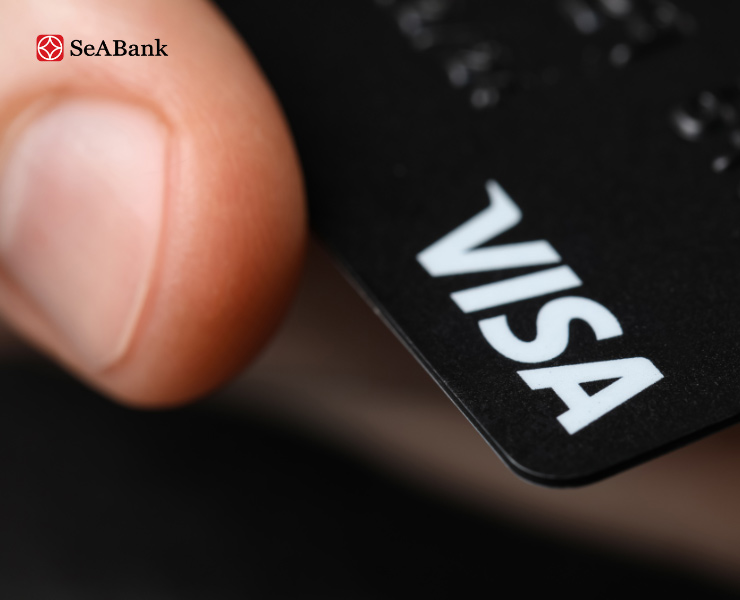
What is a Visa card? Where should companies to open a Visa card?
Understanding what a Visa card is not only helps businesses optimize international transactions but also enhances their reputation in the eyes of partners and customers. Let's find out now.
17/10/2025
Read more



